The Gravity of Innovation: How Half-Life 2's Physics-Based Puzzles Still Resonate Half-Life 2.
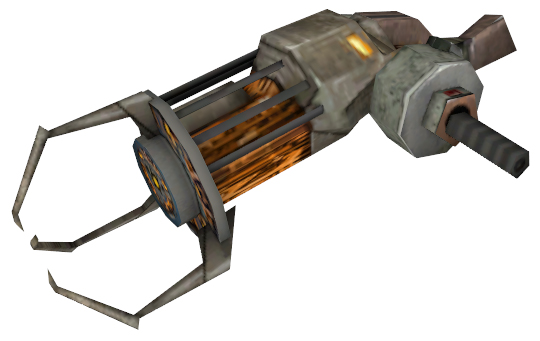
Half-Life 2. The very name conjures images of dystopian cities, headcrabs, and a certain orange-suited scientist wielding a very special piece of hardware. Released in 2004, it wasn’t just a great game; it was a paradigm shift. Half-Life 2 didn't just tell a story; it let you play with the story, using the environment itself as a weapon, a tool, and a puzzle piece. It was a masterclass in how to integrate physics into gameplay in a way that felt both natural and empowering, laying the groundwork for countless games that followed. At our indie studio, we’ve spent years wrestling with the same demons Valve tamed: collision meshes that defy logic, Havok integration that threatens to become Skynet, and the sheer unpredictable chaos of simulated objects. We know firsthand just how challenging it is to create a compelling, physics-driven experience, which is why Half-Life 2's accomplishments still resonate so deeply. It’s a touchstone, a constant reminder of what's possible when physics are more than just eye candy.
Early concept art of the Gravity Gun showcasing the development team's exploration of various functions and designs.
The Gravity Gun: A Design Paradigm
The Zero Point Energy Field Manipulator, affectionately known as the Gravity Gun, wasn't just a weapon; it was the key to unlocking Half-Life 2's potential. The design of the Gravity Gun is pure genius. It allowed players to interact with the environment in ways previously unheard of. Suddenly, every brick, every plank of wood, every discarded tire became a potential projectile or a makeshift shield. This simple mechanic transformed the entire game world into a dynamic playground.
The true brilliance lay in how the Gravity Gun seamlessly integrated into the core gameplay loop. You weren't just picking up objects and throwing them; you were solving puzzles, creating cover, and improvising in combat. Need to cross a chasm? Grab a plank and make a bridge. Low on ammo? Lob a filing cabinet at a Combine soldier. Surrounded by enemies? Create a makeshift barricade with whatever's lying around. This level of player agency was revolutionary.
Valve understood that the best physics-based gameplay isn't about simulating reality perfectly; it's about creating opportunities for emergent gameplay. The Gravity Gun wasn't just a tool; it was a catalyst for player creativity and experimentation. And that's a design principle we strive to emulate in our own work.
Case Study: Ravenholm
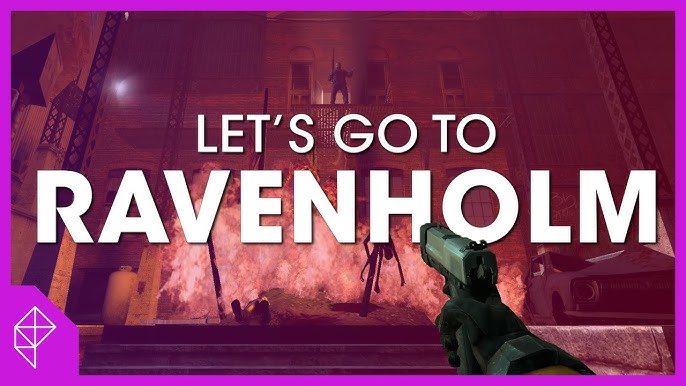 A haunting scene from Ravenholm, showcasing the dynamic lighting and lurking danger.
A haunting scene from Ravenholm, showcasing the dynamic lighting and lurking danger.
"We don't go to Ravenholm…" Father Grigori's warning sets the stage for one of the most memorable and terrifying levels in gaming history. Ravenholm wasn't just scary because of its grotesque inhabitants; it was scary because the environment itself was a weapon.
Ravenholm is a masterclass in environmental storytelling and physics-based horror. The level is filled with meticulously placed traps: swinging saw blades, electrified rails, and explosive barrels, all designed to be triggered by the player or the horde of fast zombies relentlessly pursuing them. The Gravity Gun became your lifeline, allowing you to manipulate these traps to your advantage, turning the zombies' relentless aggression against them.
The AI behavior of the fast zombies was crucial to Ravenholm's success. They were fast, agile, and utterly fearless, forcing players to think on their feet and use the environment to their advantage. The zombies would relentlessly pursue you, often falling victim to the very traps you were trying to avoid, creating moments of both terror and darkly comic relief. The genius of Ravenholm is how it transformed the player from a victim into a predator, turning the environment into a deadly playground. The level feels almost like one giant physics-based Rube Goldberg machine, with the player as both the operator and the target.
The level design tricks in Ravenholm are subtle but effective. The tight corridors, the low lighting, and the constant sound of scraping and shuffling all contribute to the oppressive atmosphere. The strategic placement of environmental hazards forces players to be constantly aware of their surroundings, turning every corner into a potential death trap. The level masterfully uses vertical space, with zombies dropping from ceilings and climbing through windows, creating a sense of unease and unpredictability.
Case Study: The Citadel Core
 A wireframe representation of the Citadel core sequence, highlighting the intricate puzzle layout and physics interactions.
A wireframe representation of the Citadel core sequence, highlighting the intricate puzzle layout and physics interactions.
In stark contrast to the claustrophobic horror of Ravenholm, the Citadel Core presents a series of intricate physics-based puzzles within the imposing structure of the Combine headquarters. Stripped of your weapons and equipped with an upgraded Gravity Gun, you're tasked with manipulating energy orbs to disable the Citadel's defenses. This section masterfully showcases the versatility of the Source engine's physics capabilities and Valve's ability to design intuitive, rewarding puzzles.
The design choices in the Citadel Core are all about guiding the player to understand the mechanics without explicitly spelling them out. The puzzles are structured in a way that gradually introduces new concepts and challenges, allowing players to learn by doing. The environment provides visual cues, such as the glowing pathways that indicate where the energy orbs need to be placed, and the humming sound that intensifies as you get closer to the solution.
The Citadel Core sequence is a clever way of subtly teaching the player about the capabilities of the Source engine. By manipulating the energy orbs, you're essentially interacting with the fundamental forces that govern the game world. You're learning about momentum, gravity, and the way objects interact with each other in a simulated environment. This sequence demonstrates the power and flexibility of the Source engine, showcasing its ability to create complex and engaging physics-based interactions.
Valve's balancing act between realism and gameplay is evident here. While the physics are grounded in real-world principles, they're also tweaked to ensure that the puzzles are solvable and enjoyable. The energy orbs have a certain weight and momentum, but they're also slightly "floaty," allowing for easier manipulation. This subtle adjustment makes the puzzles more forgiving and less frustrating, while still maintaining a sense of physicality and realism.
Physics Beyond the Gun
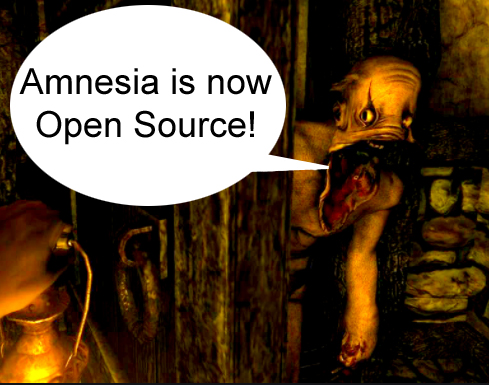 A dynamic comparison demonstrating the destructible environment and realistic damage modeling during a beachhead firefight.
A dynamic comparison demonstrating the destructible environment and realistic damage modeling during a beachhead firefight.
While the Gravity Gun is the star of the show, Half-Life 2's physics extend far beyond weaponized object manipulation. A great example of this can be found in the early beachhead sequence. After acquiring the Gravity Gun, players must navigate a battlefield while under heavy fire from Combine soldiers.
Here, the environment becomes both a source of danger and a potential shield. Concrete barriers crumble under the impact of Combine weaponry, wooden crates splinter and shatter, and metal drums explode with satisfying force. Players are forced to adapt and improvise, using the debris and wreckage around them to create cover and gain a tactical advantage.
The design of these sections is particularly noteworthy. The placement of cover is carefully considered, encouraging players to move strategically and use the environment to their advantage. The destructible elements add a layer of unpredictability to the combat, forcing players to constantly reassess their situation and adapt to the changing battlefield.
This beachhead sequence, and others like it throughout the game, demonstrates Valve's understanding of how to integrate physics into combat in a way that feels both natural and engaging. It's not just about creating pretty explosions; it's about creating a dynamic and interactive environment that enhances the gameplay experience.
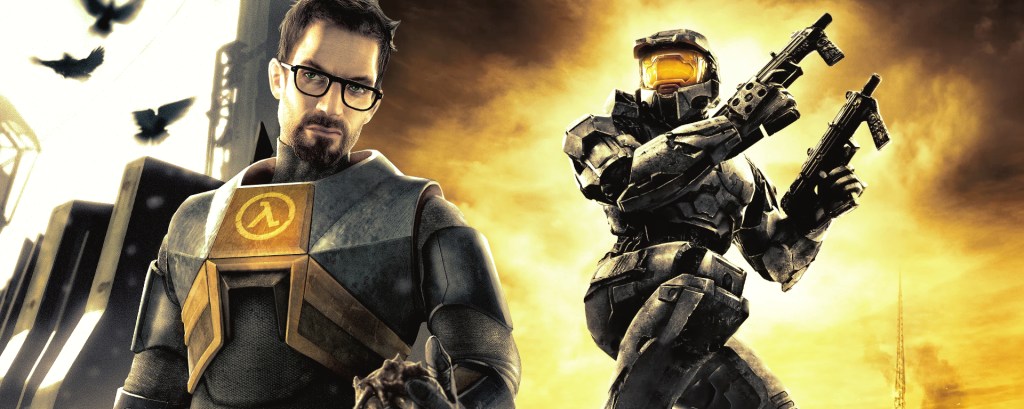 Gordon Freeman expertly uses the Gravity Gun to manipulate environmental objects in combat.
Gordon Freeman expertly uses the Gravity Gun to manipulate environmental objects in combat.
Legacy and Influence
Half-Life 2's influence on game design is undeniable, and its physics-based gameplay is a significant part of that legacy. We feel it directly in our indie studio. We constantly refer to it as a high watermark.
Specifically, in our current project, a puzzle-platformer centered around manipulating gravity fields, we've adapted Half-Life 2's principles of emergent gameplay. Instead of scripting specific solutions, we've focused on creating a set of physics-based rules that allow players to experiment and discover their own unique solutions. We even have a "physics debug view" toggle that helps us visualise the forces and constraints that govern our game world, something we only thought to add after countless hours of playing and modding Half-Life 2.
 A collage representing the evolution of physics-based gaming, with Half-Life 2 at its core, inspiring games like Teardown and Boneworks.
A collage representing the evolution of physics-based gaming, with Half-Life 2 at its core, inspiring games like Teardown and Boneworks.
Half-Life 2's physics engine has influenced numerous modern games, including Teardown, with its fully destructible voxel environments, and Boneworks, which pushes the boundaries of VR physics. The lessons learned from Half-Life 2 are still relevant today, from the importance of creating a believable and interactive world to the power of empowering players to experiment and solve problems in their own way.
Conclusion
Half-Life 2 was more than just a game; it was a demonstration of what's possible when physics are integrated thoughtfully into game design. Its innovative use of the Source engine's capabilities transformed the way we think about interactivity and player agency. As indie developers, we continue to be inspired by Half-Life 2's achievements, striving to create experiences that are both engaging and empowering. The gravity of Half-Life 2's innovation is still felt today, shaping the landscape of modern game design and reminding us that the best games are those that invite us to play with the world around us.
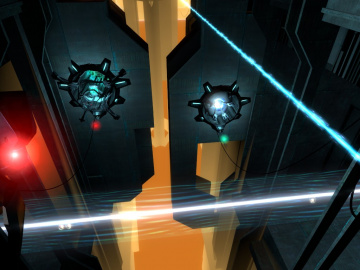 An image that encapsulates Half-Life 2's innovative integration of physics-based interactions for puzzle-solving.
An image that encapsulates Half-Life 2's innovative integration of physics-based interactions for puzzle-solving.
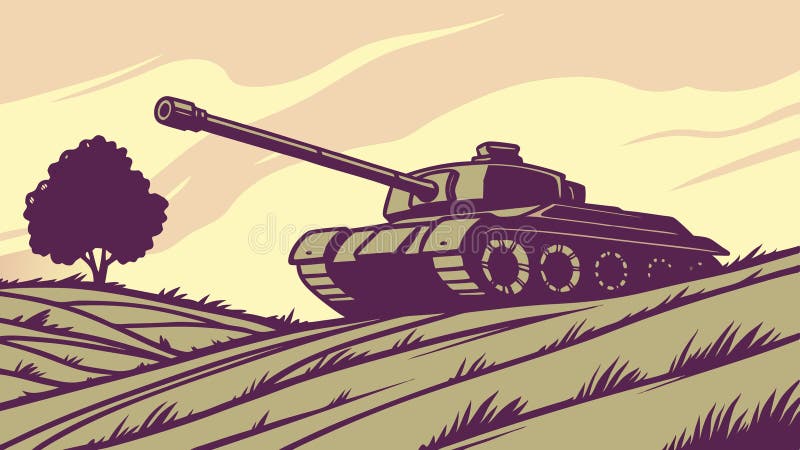 Environmental object with physics and realistic interaction
Environmental object with physics and realistic interaction
![Valve's Half Life 2] (https://auth.promptmarketer.com/storage/v1/object/public/generated-content/images/af6e4e54-5d3c-494e-9ed9-78723fad2f4e/retrieved_image_9_2025-10-15T13-02-33-970Z_fuzij1b64.jpg) Gordan freeman standing in City 17